May 26, 2025 | 14:41 GMT +7
May 26, 2025 | 14:41 GMT +7
Hotline: 0913.378.918
May 26, 2025 | 14:41 GMT +7
Hotline: 0913.378.918

The price of peppers this year may surpass the threshold of 200,000 VND/kg.
In the first half of January, Vietnam exported 6,383 tons of pepper, estimated to be worth over 42 million uSSD, according to the General Department of Vietnam Customs. The average export price of pepper in this period was 6,648 USD/ton, which is higher than the average export price of pepper in the previous year, which was 5,280 USD/ton. This demonstrates that the price of pepper on the market remains increased.
Pepper prices are still increased in the domestic market in January. The price of pepper is nearly 150,000 VND/kg in the days preceding the Lunar New Year of the Snake.
The primary cause of the persistently elevated prices is the global decrease in pepper production. The International Pepper Community (IPC) reports that global pepper production in 2024 decreased by approximately 4% compared to 2023, which equates to a 22,000-ton decrease, resulting in a total of 558,000 tons. Brazil and Vietnam are the primary sources of this decline.
Brazil experienced the most significant decline in pepper production over the past year, with a decrease of approximately 29%, equivalent to 28,000 tons, from 98,000 tons in 2023 to 70,000 tons in 2024. Climate change, particularly severe droughts that result in water limitations for irrigation, is responsible for the significant decrease in Brazil's pepper production.
From 2023 to 2024, the production of pepper in Vietnam decreased from 195,000 tons to 180,000 tons respectively. Global pepper prices are anticipated to remain elevated in 2025 as a result of supply shortages, as the demand in significant markets such as the United States and Europe remains consistent, according to the Vietnam Pepper and Spice Association (VPSA). The market is continuously driven by the demand for pepper in the culinary and spice processing industries.
Mr. Hoang Phuoc Binh, a farmer with nearly 40 years of experience in the cultivation of pepper in Chu Se District, Gia Lai Province, and a former Vice Chairman of the Chu Se Pepper Association, recently conducted surveys of critical pepper-growing regions and sought advice from other farmers. Mr. Binh anticipates that pepper production may experience an additional 10-15% decline in 2025 in comparison to 2024, as indicated by the data he collected during his journey.
The ongoing decline in pepper production is the result of a combination of factors, as per Mr. Binh. Initially, there was virtually no new pepper cultivation between 2019 and 2022 as a result of the consistently declining prices of peppers, which reached a low of 34,000 VND/kg at one point. Consequently, the majority of the present productive pepper plantations were established in 2017 or earlier. Numerous of these regions have currently entered a geriatric phase, characterized by diminished productivity.
Many farmers in the Central Highlands and Southeastern regions abandoned their pepper plantations and shifted to the cultivation of crops such as durian and coffee during the 2018–2022 period, as pepper prices plummeted. In recent years, the prices of durian and coffee have remained high, offering higher profitability than pepper, despite the fact that pepper prices have rebounded. As a result, pepper has a negligible chance of reclaiming the land that has been converted to the cultivation of durian and coffee. Furthermore, the pepper industry is experiencing a labor shortage, and farmers are currently encountering substantial obstacles in obtaining bank loans for new pepper planting.
It is anticipated that pepper production will experience a significant decline, and the current levels of pepper stockpiles are nearly depleted. The pepper harvest this year will be approximately one month behind that of the previous year. It is anticipated that farmers will not commence large-scale harvesting until February or March in the lunar calendar. The duration of the pepper supply shortages in the market will be prolonged by this delay. Due to the recent high prices of pepper, the majority of pepper farmers have accumulated savings and have alternative income sources. Consequently, the pressure to sell their crops during this year's harvest season will be minimal.
Then, China bought considerably less pepper than its actual requirement during the previous year. So it is anticipated that China will purchase a greater quantity of peppers when Vietnam commences its 2025 pepper harvest season. Additionally, purchasers from other countries frequently delay their purchases until the harvest commences in Vietnam. It is probable that these factors will result in a supply-demand imbalance, which could further increase the price of pepper in Vietnam. Mr. Binh anticipates that pepper prices may surpass 200,000 VND/kg at some point this year.
Translated by Linh Linh
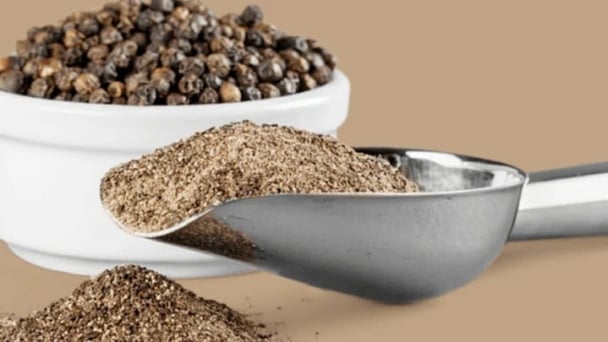
(VAN) Pepper prices on May 23, 2025, are unchanged in the domestic market, trading at VND 150,000 to VND 152,000/kg. Pepper prices increased only in Indonesia.
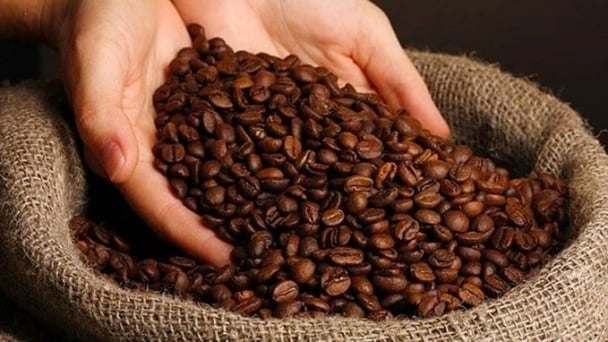
(VAN) Coffee prices on May 23, 2025, dropped by a further VND 2,500, trading at VND 122,500 – 123,200/kg. Global coffee prices also declined across the board.

(VAN) Coffee prices on May 22, 2025, slightly decreased by VND 500, trading at VND 125,000 – 125,700/kg. Global coffee prices showed mixed fluctuations.
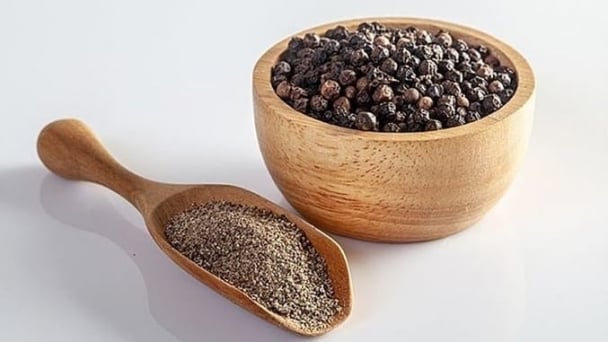
(VAN) Pepper prices on May 22, 2025, slightly decreased by VND 1,000, trading around VND 150,000 – 152,000/kg. Global pepper prices remained unchanged.
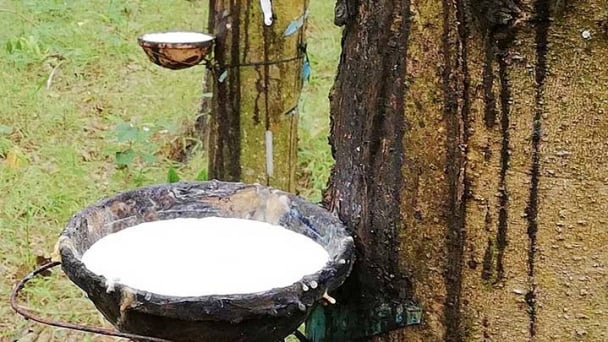
(VAN) Rubber prices on May 22, 2025 on the global market dropped significantly. Domestically, raw latex continues to be purchased at around VND 397 – 462/TSC.
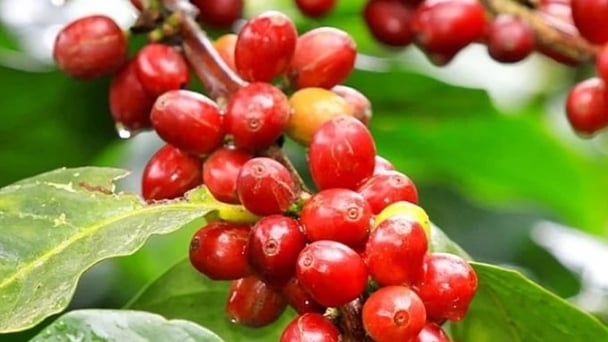
(VAN) Coffee prices on May 21, 2025, dropped sharply by VND 1,000, trading at VND 125,000 – 125,700/kg. Global coffee prices also reversed and declined.
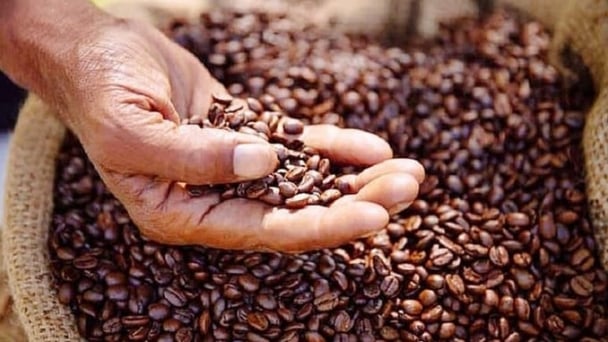
(VAN) Coffee prices on May 20, 2025, surged by VND 2,200, climbing to VND 126,000 – 126,700/kg. Meanwhile, global coffee prices also recorded a sharp increase.